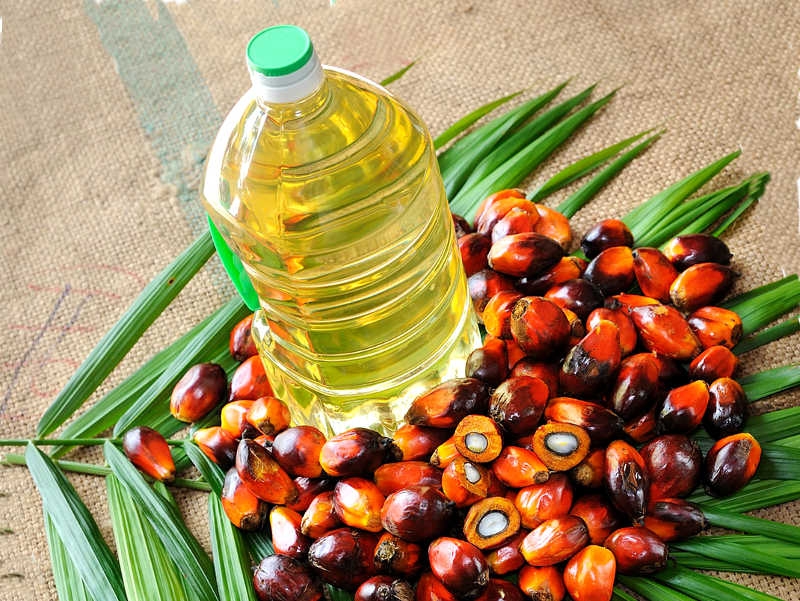Palm oil: Splitting fact from fiction

What if there is an oil that is free from trans-fat and cholesterol, and is cited by the Food and Agriculture Organisation (FAO) and World Health Organisation (WHO) as edible, wholesome and nutritious?
What if this same oil is also full of goodness, such as vitamin E, and its cousin (red palm oil) rich in Provitamin A Carotenoids?
What if the plant from which this oil comes from is the most efficient oil-bearing crop on earth—that it is anywhere between 5 to 9 times more productive per land hectare of plantation than any other leading oilseed crops—and that it only takes up about 0.6% of the world’s agricultural land use to produce 35.5% of global oils output?
If you are not yet convinced, consider that this oil is also certifiably sustainably produced, its plantations are a net carbon sink, and the industry responsible for it is making strides towards attaining zero waste by using its biomass and oil mill effluents as a source of renewable energy.
Before someone shouts “fake news”, or claims that a new “superfood” was just discovered–what if these are just some of the advantages of this highly-valuable commodity—would that shift your perception towards the humble palm oil?
It is usually at this juncture that you, the reader, question the veracity of the claims above—please allow us to highlight 4 palm oil facts and figures.
The first is with regards to sustainability. To date, 97% of oil palm plantations in the country are Malaysian Sustainable Palm Oil (MSPO) certified. This includes oil palm plantations operated by independent smallholders, organised smallholders, and plantations alike. Highlighting the government and the industry’s commitment towards sustainability is the fact that MSPO is mandatory – meaning that no one is too small or too large to be exempted.
The second is oil palm’s efficiency. For context, the yield per hectare of plantation per year, (palm oil and palm kernel oil) stood at 3-4 tonnes. Meanwhile, sunflower produces 78% less oil, rapeseed 77.66% less, and soybean 87% less. This clearly shows that comparable alternatives do not come close to the oil palm’s efficiency in producing oils.
The third is oil palm is a perennial crop. Therefore, it does not need to be replanted each year. This means that once planted, the oil palm is able to be harvested multiple times over its economic lifespan of 25 to 30 years. The same cannot be said about other vegetable oil sources, such as corn, soybean and canola that need to be replanted annually.
Moreover, perennial crops such as oil palm are often associated with added benefits of preventing soil erosion due to its extensive root system, and reduced water and pesticides usage. With an extended lifespan, it is sufficed to say that oil palm is indeed the gift that keeps giving.
The fourth is that further to the aforementioned health and sustainability benefits, the palm oil industry, in 2021, is the main source of income for more than 2 million people, including more than 400,000 small holding families. The industry also contributed RM45 billion to the country’s GDP (3.2%), and RM108.5 billion to Malaysian exports.
As global food security becomes increasingly pertinent in the future, the need for a more efficient, sustainable, and nutritious oil will only grow in tandem. To that end, there can be no other solution than the humble oil palm.
Read also
Victoria Golubyatnikova, SGS – Speaker at BLACK SEA OIL TRADE-2025, Bucharest
Over 700 thsd tons of Ukrainian grain were exported
Moldovan government approves sale of Giurgiuleşti port to Romania
In Central Russia, oilseed crops overtook wheat in terms of sown area for the firs...
Sunflower seeds harvest forecasts: Drought hits Ukraine, while Russia and Kazakhst...
Write to us
Our manager will contact you soon



